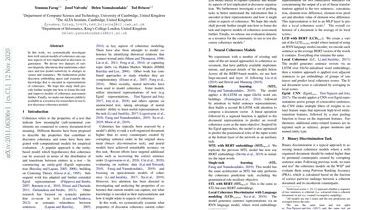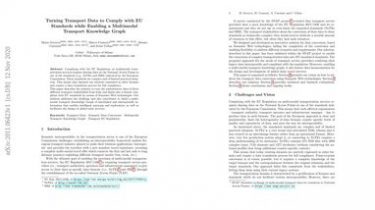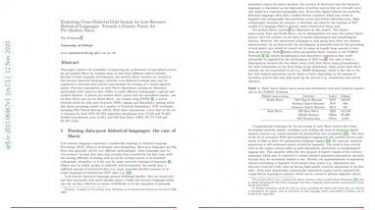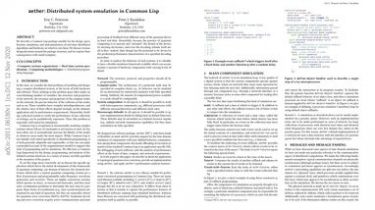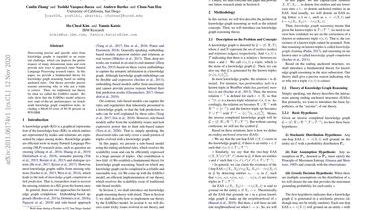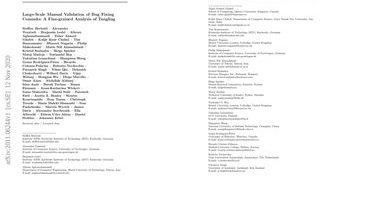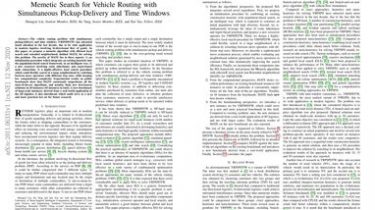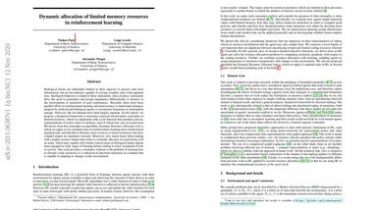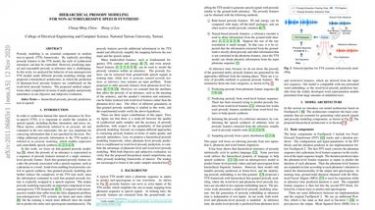Analyzing Neural Discourse Coherence Models
In this work, we systematically investigate how well current models of coherence can capture aspects of text implicated in discourse organisation. We devise two datasets of various linguistic alterations that undermine coherence and test model sensitivity to changes in syntax and semantics… We furthermore probe discourse embedding space and examine the knowledge that is encoded in representations of coherence. We hope this study shall provide further insight into how to frame the task and improve models of coherence assessment further. […]
Read more